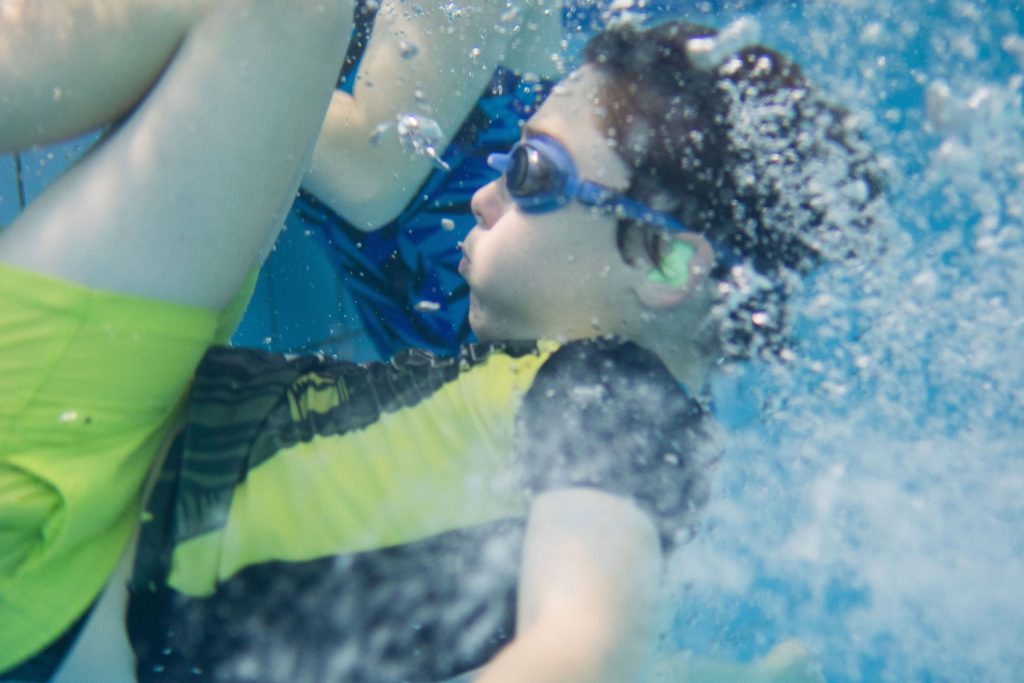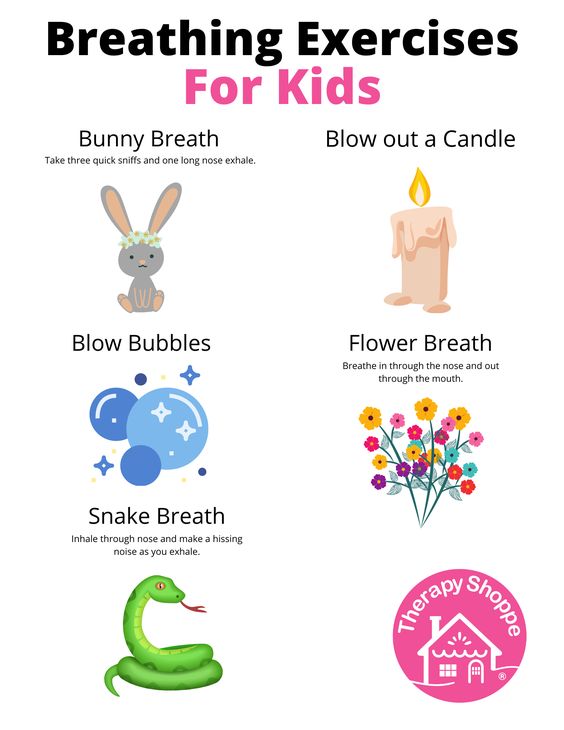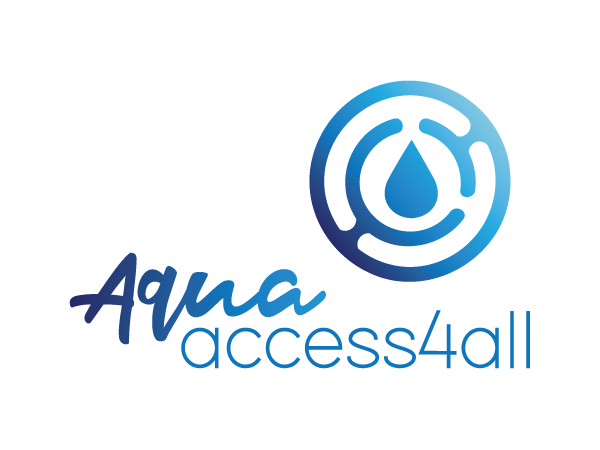
Breathing is an automatic function of the body that is controlled by the respiratory centre of the brain. When we feel stressed, our breathing rate and pattern changes as part of the ‘fight-or-flight response’.
Fortunately, we also have the power to deliberately change our own breathing. Scientific studies have shown that controlling your breath can help to manage stress and stress-related conditions. Breath control is also used in practices such as yoga, tai chi and some forms of meditation. Many people use their breathing to help promote relaxation and reduce stress.
betterhealth.vic.gov.au
The power of breath is used regularly in AA4A’s sessions. This is because, having control over your inhale and exhale is a great tool for many situations.
- When water splashes the wrong way unexpectedly – there is no need to panic, we can wipe it off and breathe.
- a noodle slips out from our arm and we are worried – STOP use a small blows 1, 2, 3.
Regulating our breath is one of the most flexible and portable practises that we can use in our lives.
Try it now: INHALE, 1, 2, 3, 4,… EXHALE 1,2,3,4 and repeat x 4…. feel the softness in your shoulders, close your eyes and do it again, be only in tune with your breath.
Combating that FLIGHT, FIGHT, FREEZE response from our brain when we are anxious, unsure, worried, and nervous with a breathing technique such as these or meditation guided chats can be an amazing game changer.

As aquatics teachers, we use breathing techniques regularly in a wide variety of situations to support our participants. These include:
- Conquering a scary slide ride by taking 3 big breaths and facing the challenge head on.
- Worked through unpleasant water activities to get them to practise 1 or 2 more times after re-grouping and breathing deeply for a few moments.
- When focusing on lung capacity and breathing during a stroke (such as freestyle and breaststroke) we use box breathing (inhale for 4 count and exhale for 4 count). This allows the participant to think more clearly about their breathing pattern and make smoother actions in their stroke.
How does it help? Deep breathing increases the supply of oxygen to your brain and stimulates the parasympathetic nervous system, which promotes a state of calmness.
So, the next time you’re feeling stressed or anxious (or when you’re supporting someone who is) we strongly recommend trying these deep breathing techniques. It can also be very helpful to practice them together in non-stressful situations so you’re familiar with the techniques in advance and can feel more confident and comfortable using them when the need arises.
Happy breathing everyone 🙂
